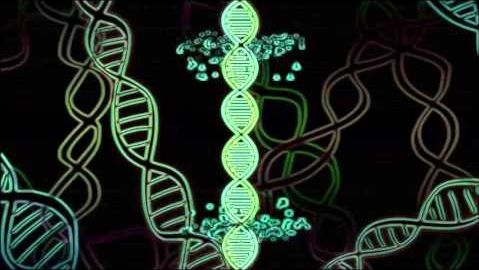Oct 26, 2015
BioViva Presents: Alzheimer’s Disease and Gene Therapy
Posted by Steve Hill in categories: biotech/medical, health, life extension, media & arts, neuroscience
https://www.youtube.com/watch?v=O9dj1s3N4cE
Adam Alonzi has made another excellent film about the power of gene therapy.
Narrated and produced by Adam Alonzi. Music arranged by Leslee Frost. Sponsored by BioViva Sciences Inc.
Continue reading “BioViva Presents: Alzheimer’s Disease and Gene Therapy” »


















